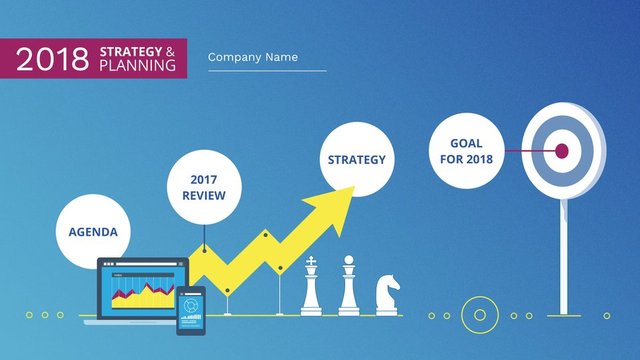The goal is to engage everyone simultaneously in generating
questions, ideas and suggestions - building a group/community at best.

You can immediately include everyone
regardless of how large the group is.
You can generate better ideas and more of them faster than ever before. You can tap the know-how and imagination that is distributed widely in places not known in advance.
Open, generative conversation unfolds
Ideas and solutions are sifted in rapid
fashion. Most importantly, participants own the ideas, so follow-up and implementation is simplified. No buy-in strategies needed!
Simple and elegant!
Structuring Invitation:
~ Ask a question in response to the
presentation of an issue, or about a
problem to resolve or a proposal put
forward
(e.g., What opportunities do
YOU see for making progress on this
challenge?
How would you handle this
situation?
What ideas or actions do
you recommend?)
How Space ls Arranged and
Materials Needed:
~ Unlimited number of (sub)groups
~Space for participants to work face
to-face in pairs and foursomes
~ Chairs and tables optional
~ Paper for participants to record
observations and insights
How Participation is Distributed:
~ Everyone in the group is included
(often not the facilitator)
~ Everyone has an equal opportunity to
contribute to the group
How groups are configured:
• Start alone - then in pairs - after that in groups of 4 - until all come together as one group.

Sequence of Steps and Time
Allocation:
~ Silent self-reflection by individuals on
a shared challenge, framed as a
question
(e.g., What opportunities do
YOU see for making progress on this
challenge? How would you handle this
situation? What ideas or actions do
you recommend?)
~ Generate ideas in pairs, building on ideas from self-reflection.
~ Share and develop ideas from your
pair in groups of at least 4.
~ Ask, "What is one idea that stood out
in your conversation?" Each group
shares one important idea with all
(repeat cycle as needed).
Tips and Traps:
~ Firmly facilitate quiet self-reflection
before paired conversations.
~ Ask everyone to jot down their ideas
during the silent reflection
~ Use bells for announcing transitions
~ Stick to precise timing, do another
round if needed.
~ In a large group during "All," limit the number of shared ideas to three or
four.
~ In a large group, use a facilitator or
harvester to record output not shared.
~ Invite each group to share one insight
but not to repeat insights already
shared.
~ Separate and protect generation of Defer judgment; make ideas visual; go
~ When you hit a plateau, jump to
ideas from the whole group discussion
wild!
...another form of expression (e.g
Improv, sketching, stories)
~ Maintain the rule of one conversation
at a time in the whole group
~ Do a second round if you did not go
deep enough!
Riffs and Variations:
~ Graphically record insights as they
emerge from groups
~ Use Post-it notes in Rounds 2 and 3
~ Link ideas that emerge to Design
Storyboards, Improv Prototyping,
Ecocycle Planning
~ Go from groups of 4 to groups of 8
with consensus in mind.
Purpose:
Engage every individual in searching
for answers.
~ Avoid overhelping
~ Create safe spaces for expression,
~ Express "silent" conversations and
~ Enrich quality of observations and
~ Build naturally toward consensus or
overcontrol-dependency vicious cycle
diminish power differentials
expand diversity of inputs
insights before expression
shared understanding.
Examples:
~ Use after a speech or presentation,
when it is important to get rich
feedback (questions, comments, and
ideas), instead of asking the audience,
"Any questions?"
~ A group of managers used two rounds
of it all to redesign their less-
than-stimulating weekly meeting
~ For a spontaneous conversation that
starts after the topic of a meeting has
been announced
~ For a group that has been convened to
address a problem or an innovation
opportunity
~ Unlocking a discussion that has
become dysfunctional or stuck
~ In place of a leader "telling" people
what to think and do, (often
unintentionally)
like a group that tends to be
excessively influenced by its leader.

This way may be used to engage everyone simultaneously in generating
questions, ideas and suggestions.
I hope that you found this article informative.
More to come!